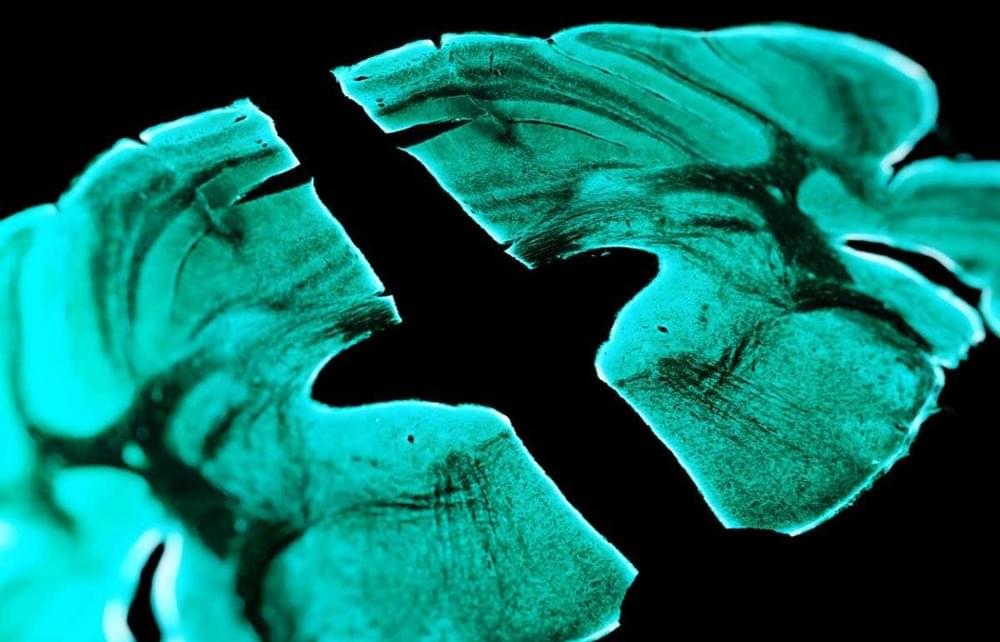Vaneev posits that: “‘intelligent impulses’ or even ‘human mind’ itself (because a musician can understand these impulses) existed long before the ‘Big Bang’ happened. This discovery is probably both the greatest discovery in the history of mankind, and the worst discovery (for many) as it poses very unnerving questions that touch religious grounds.”
The Voxengo developer sums up his findings as follows: “These results of 1-bit PRVHASH say the following: if abstract mathematics contains not just a system of rules for manipulating numbers, but also a freely-defined fixed information that is also ‘readable’ by a person, then mathematics does not just ‘exist’, but ‘it was formed’, because mathematics does not evolve (beside human discovery of new rules and patterns). And since physics cannot be formulated without such mathematics, and physical processes clearly obey these mathematical rules, it means that a Creator/Higher Intelligence/God exists in relation to the Universe. For the author personally, everything is proven here.”
Vaneev says that he wanted to “share my astonishment and satisfaction with the results of this work that took much more of my time than I had wished for,” but that you don’t need to concern yourself too much with his findings if you don’t want to.”






